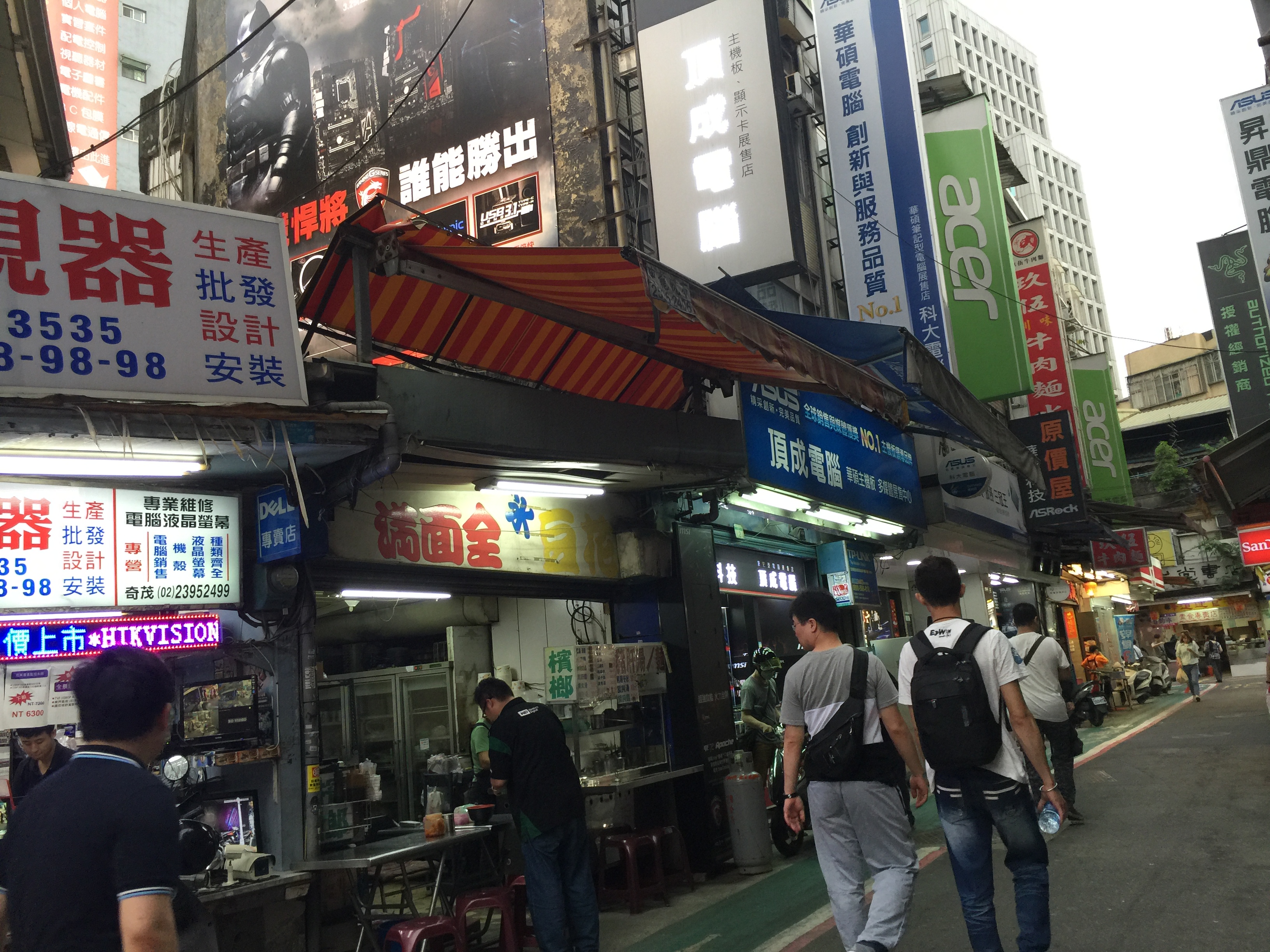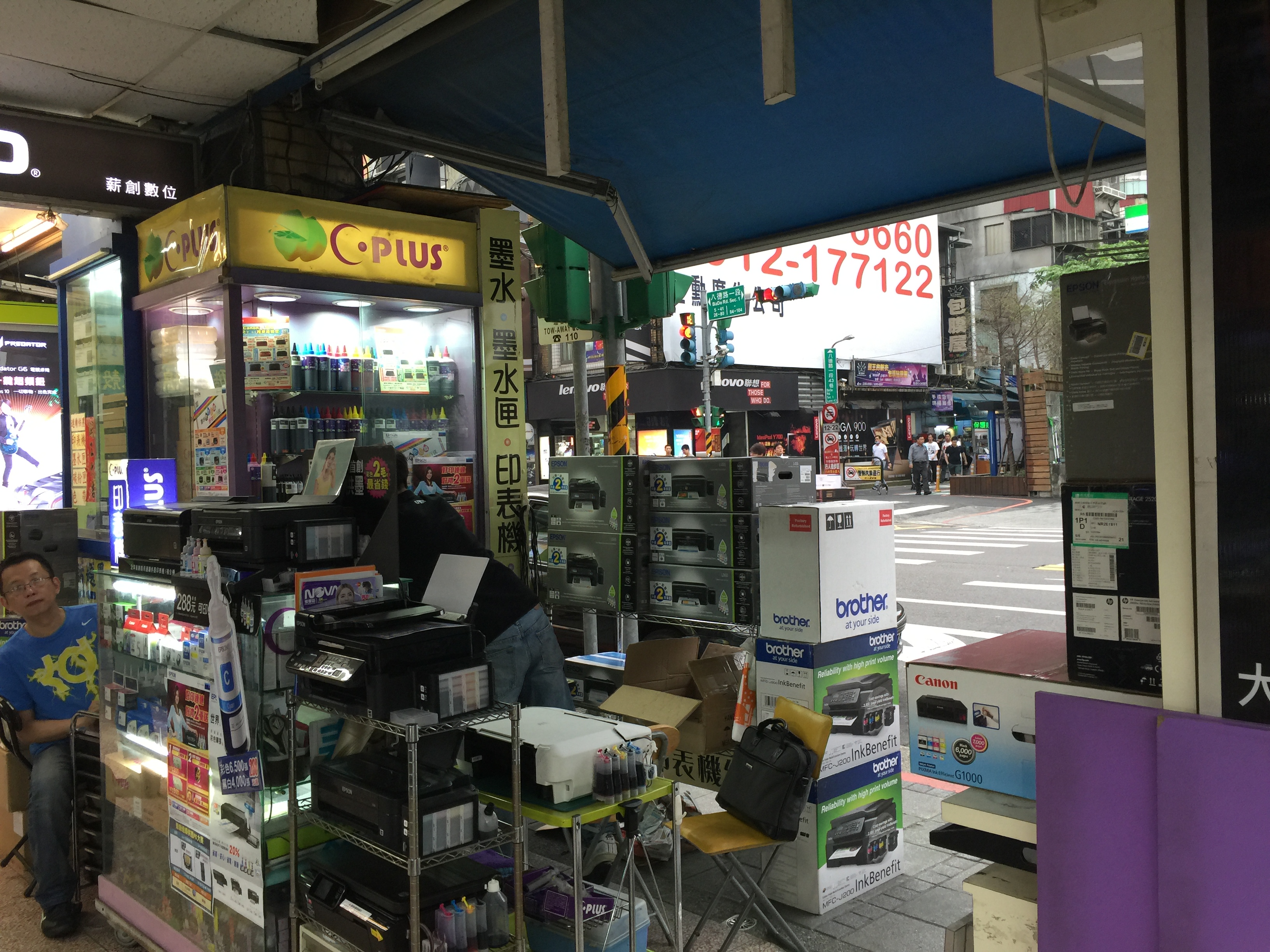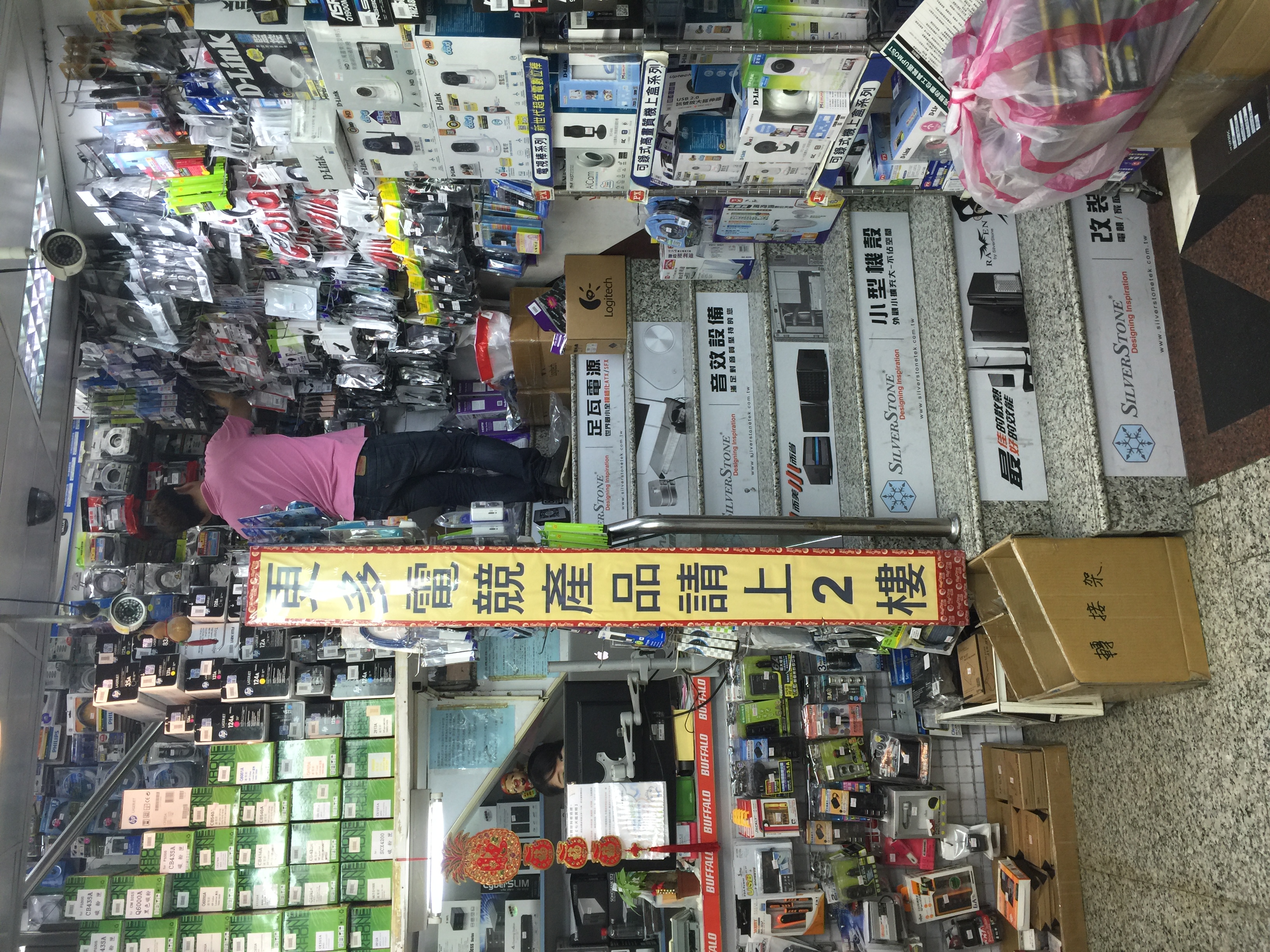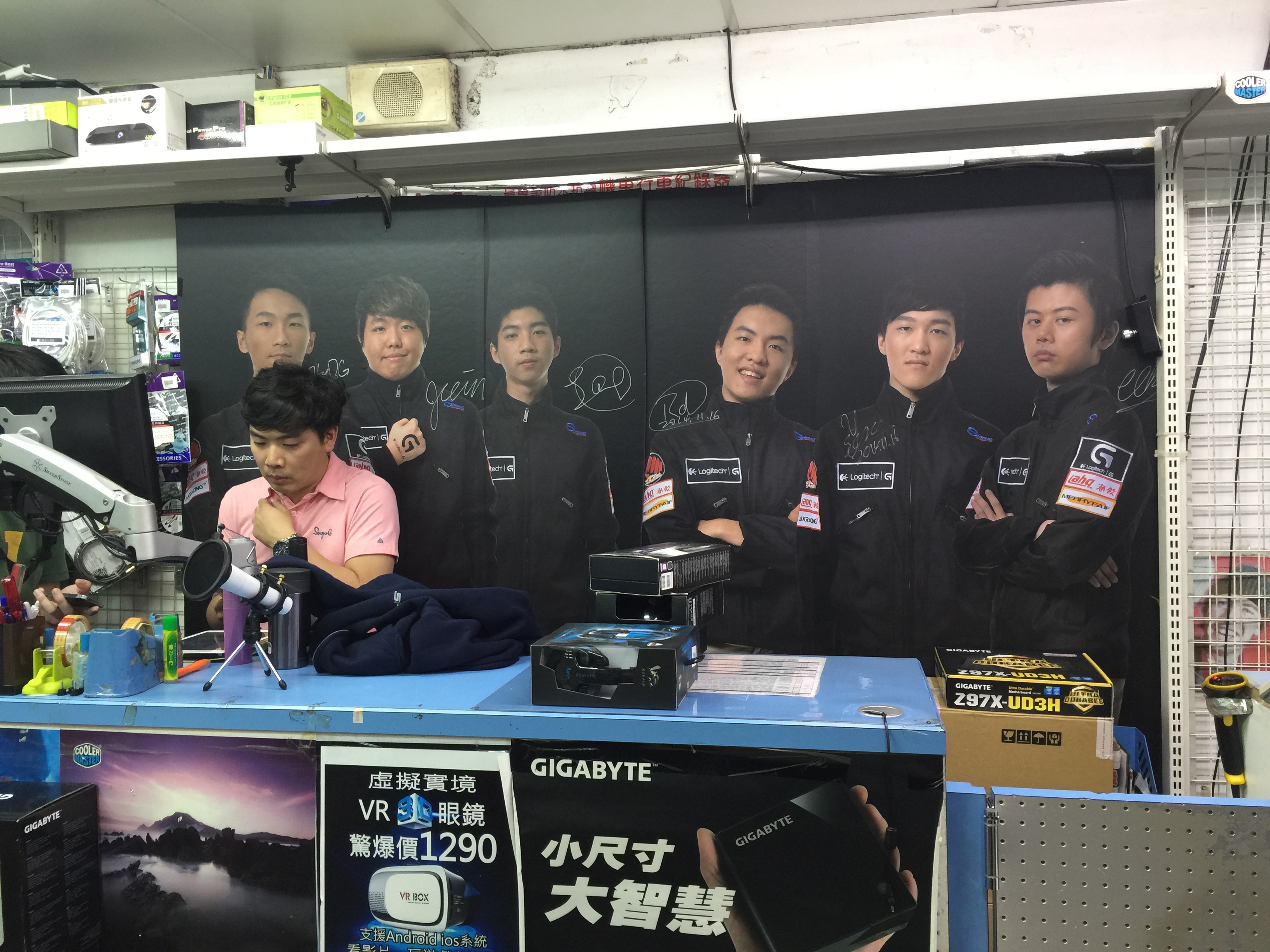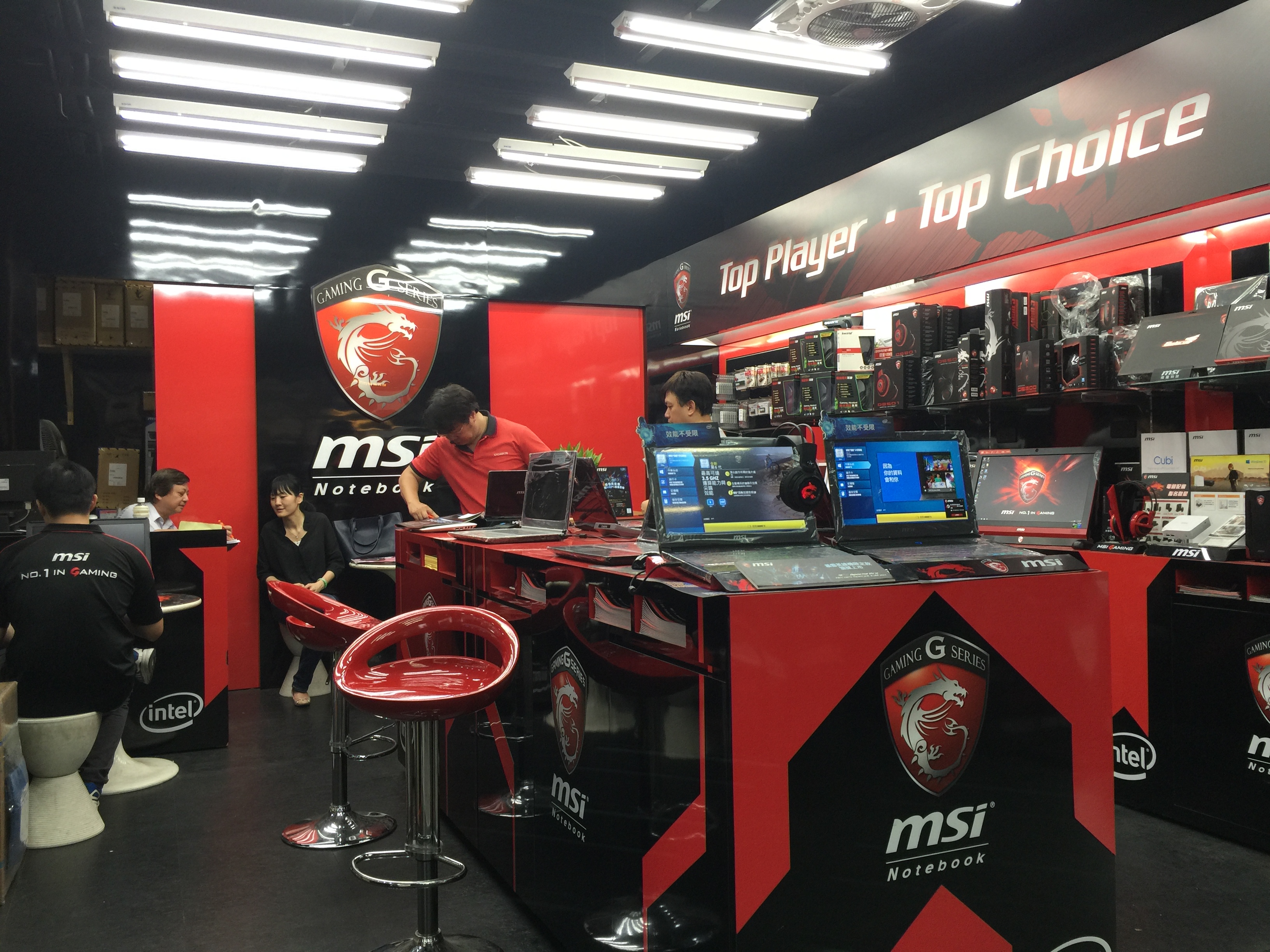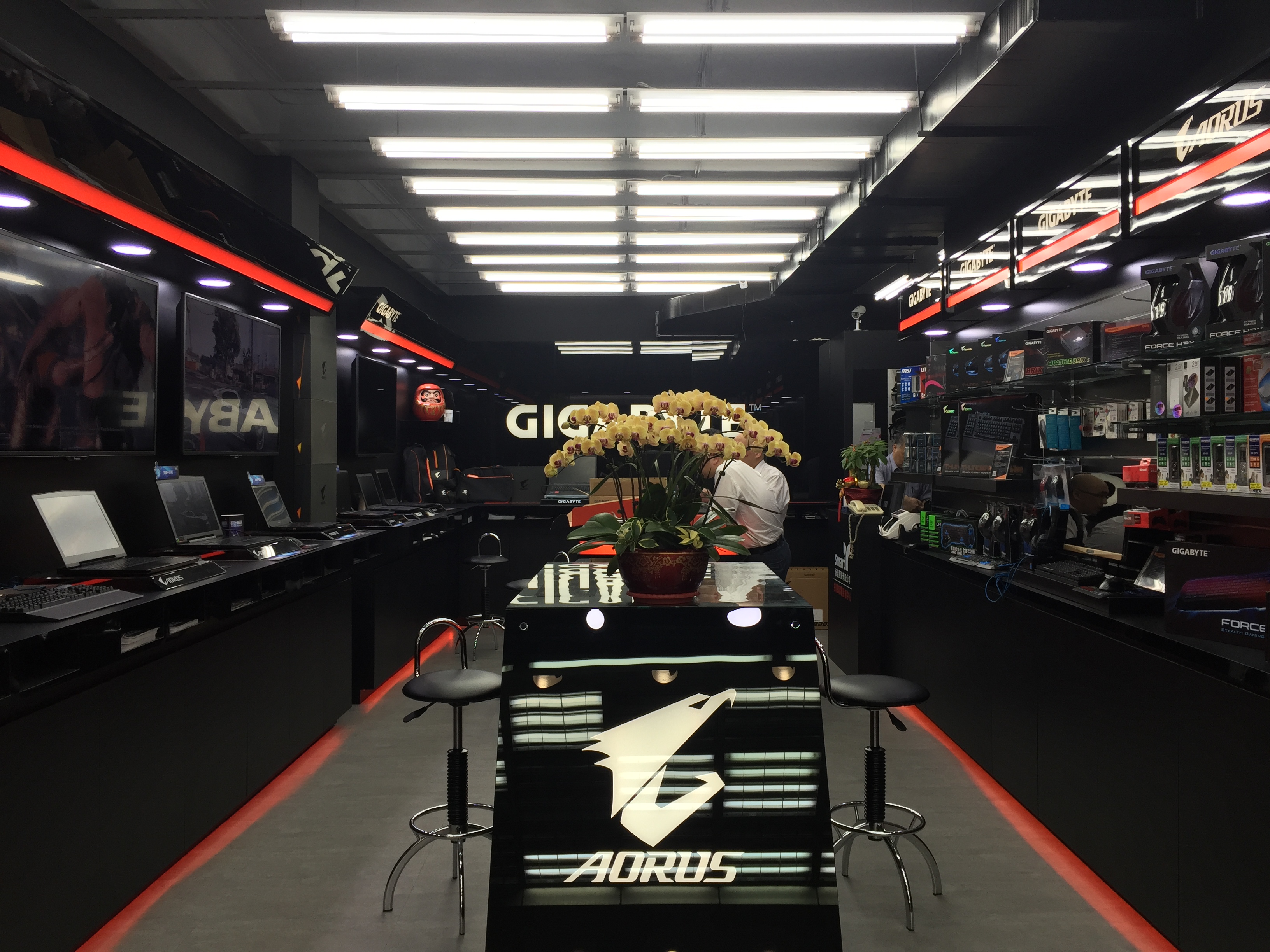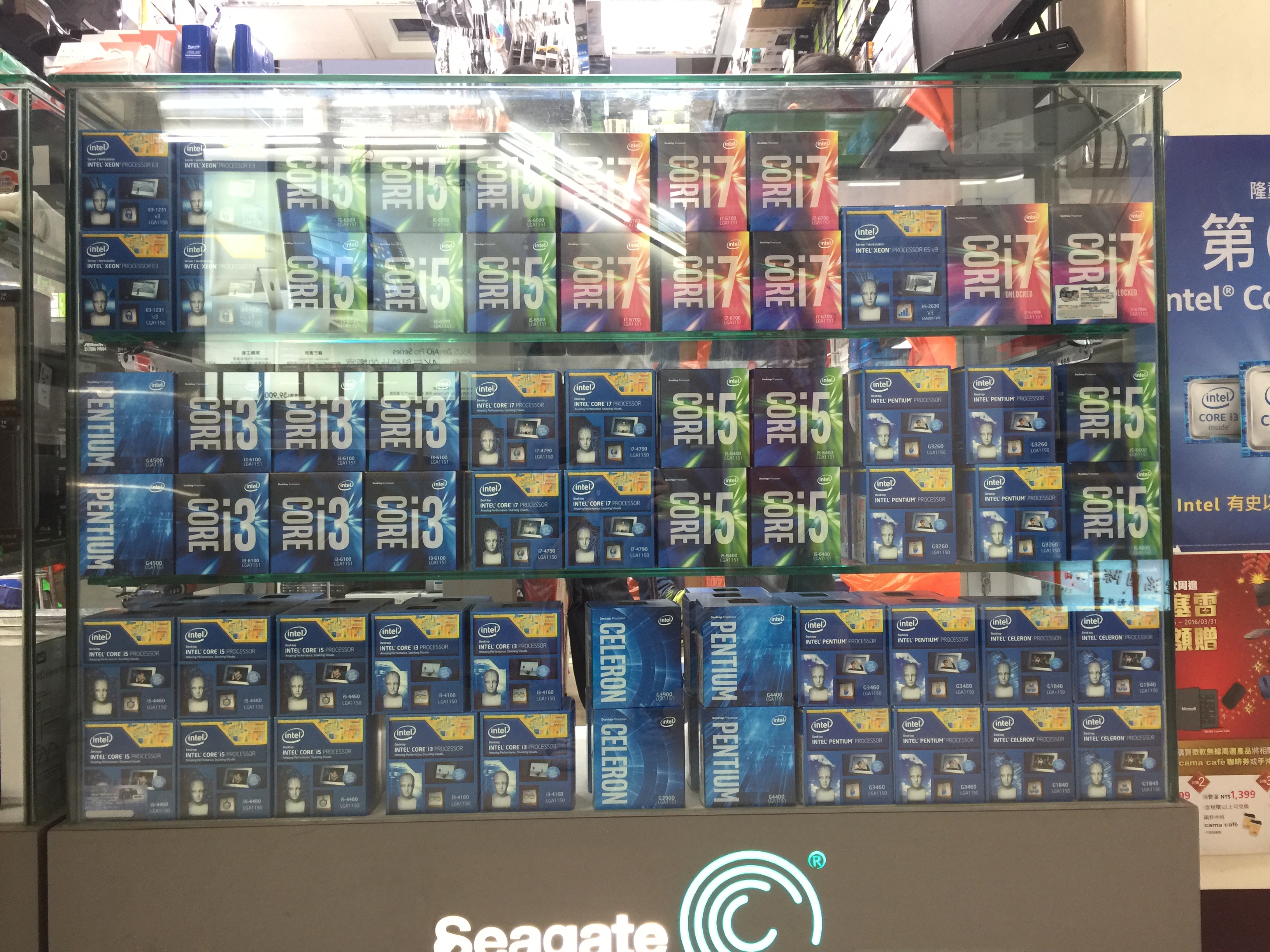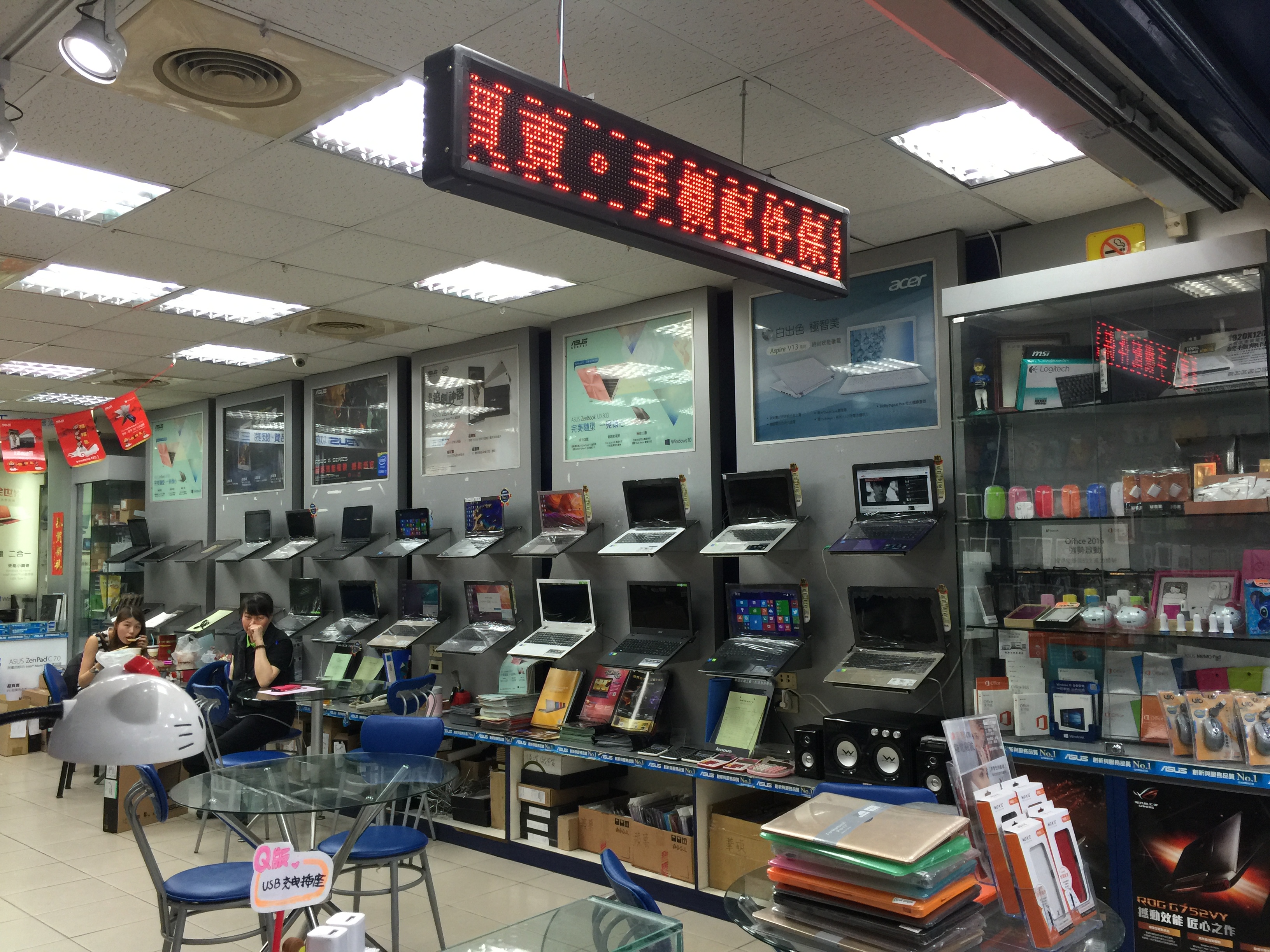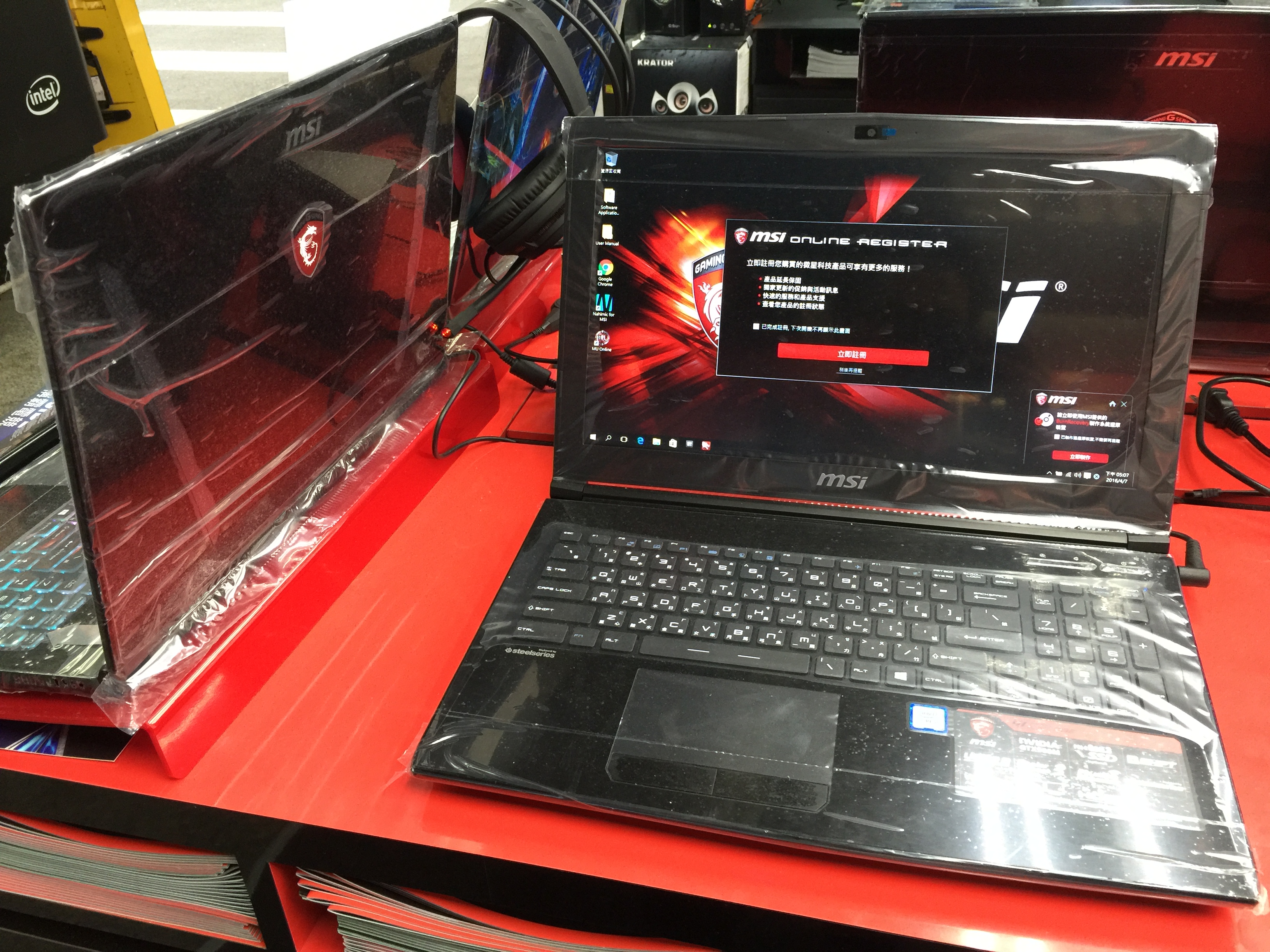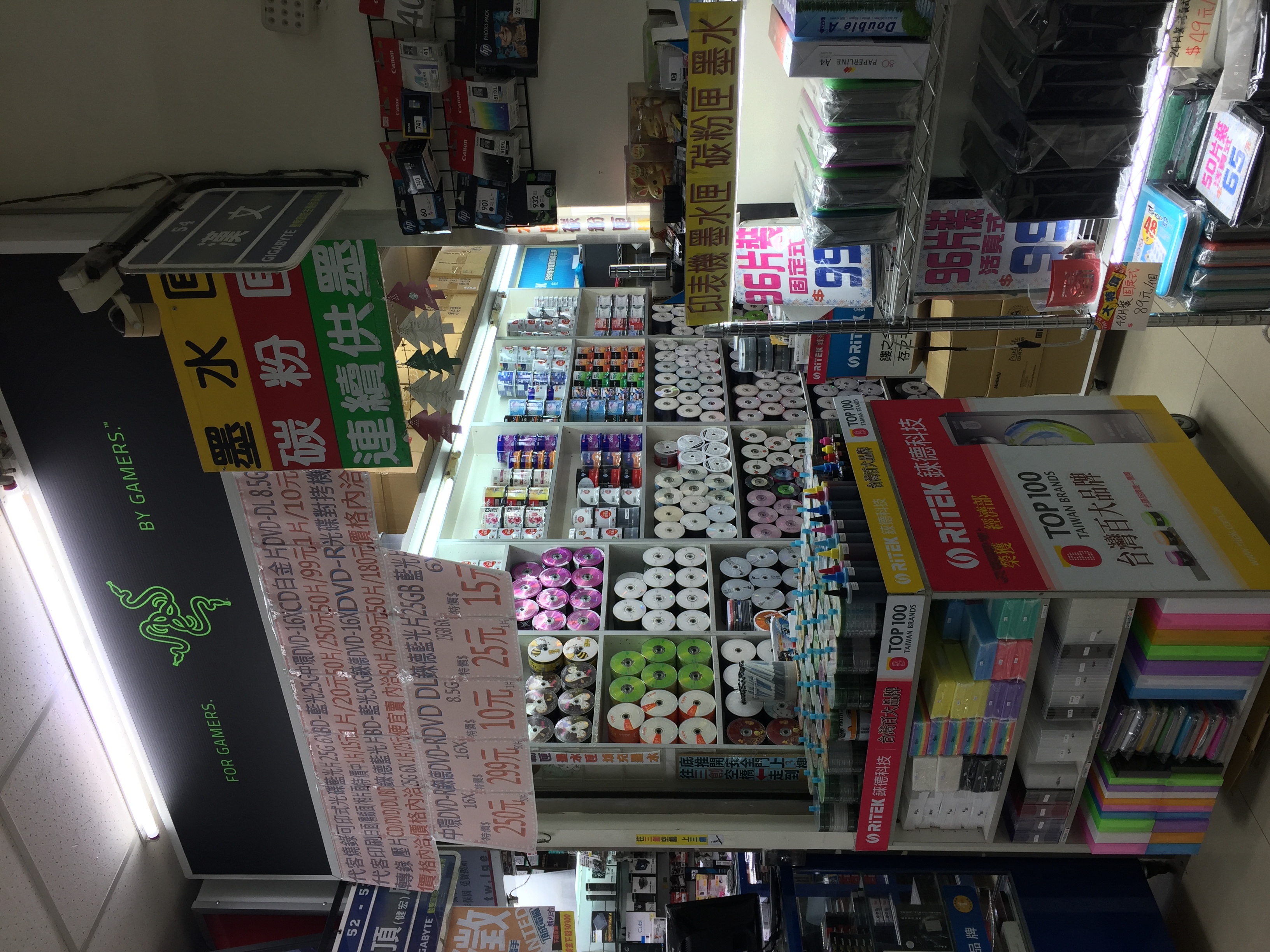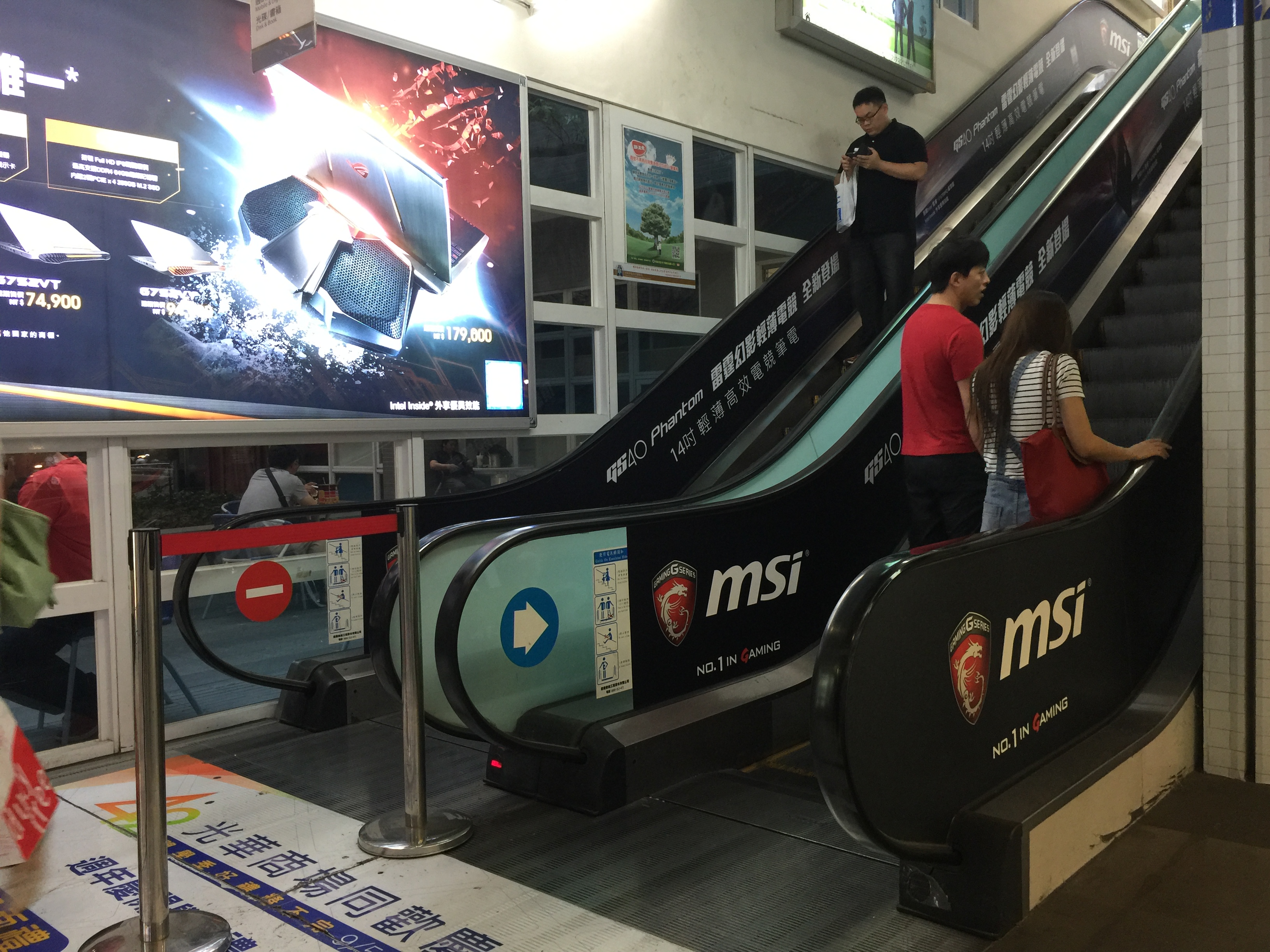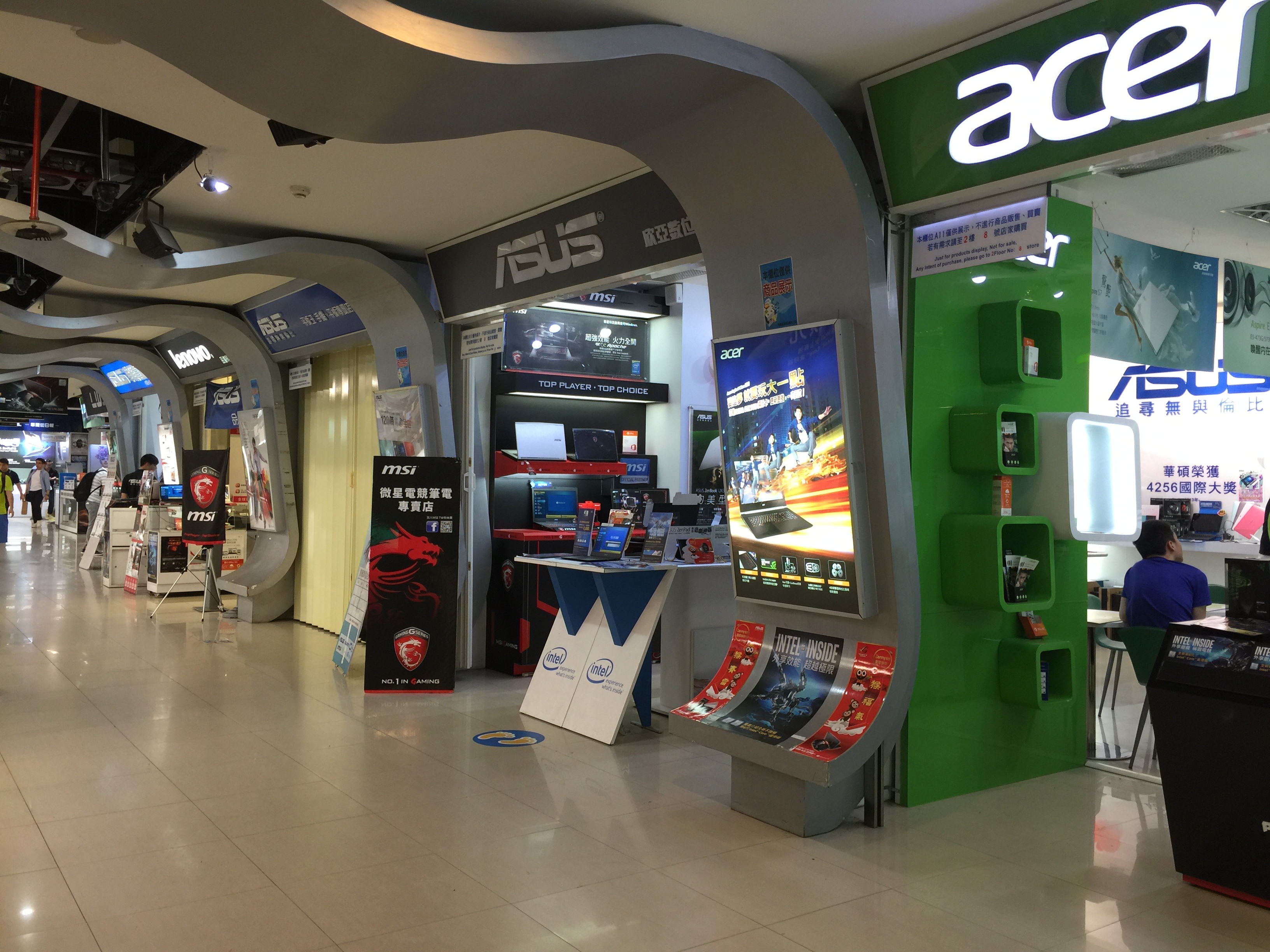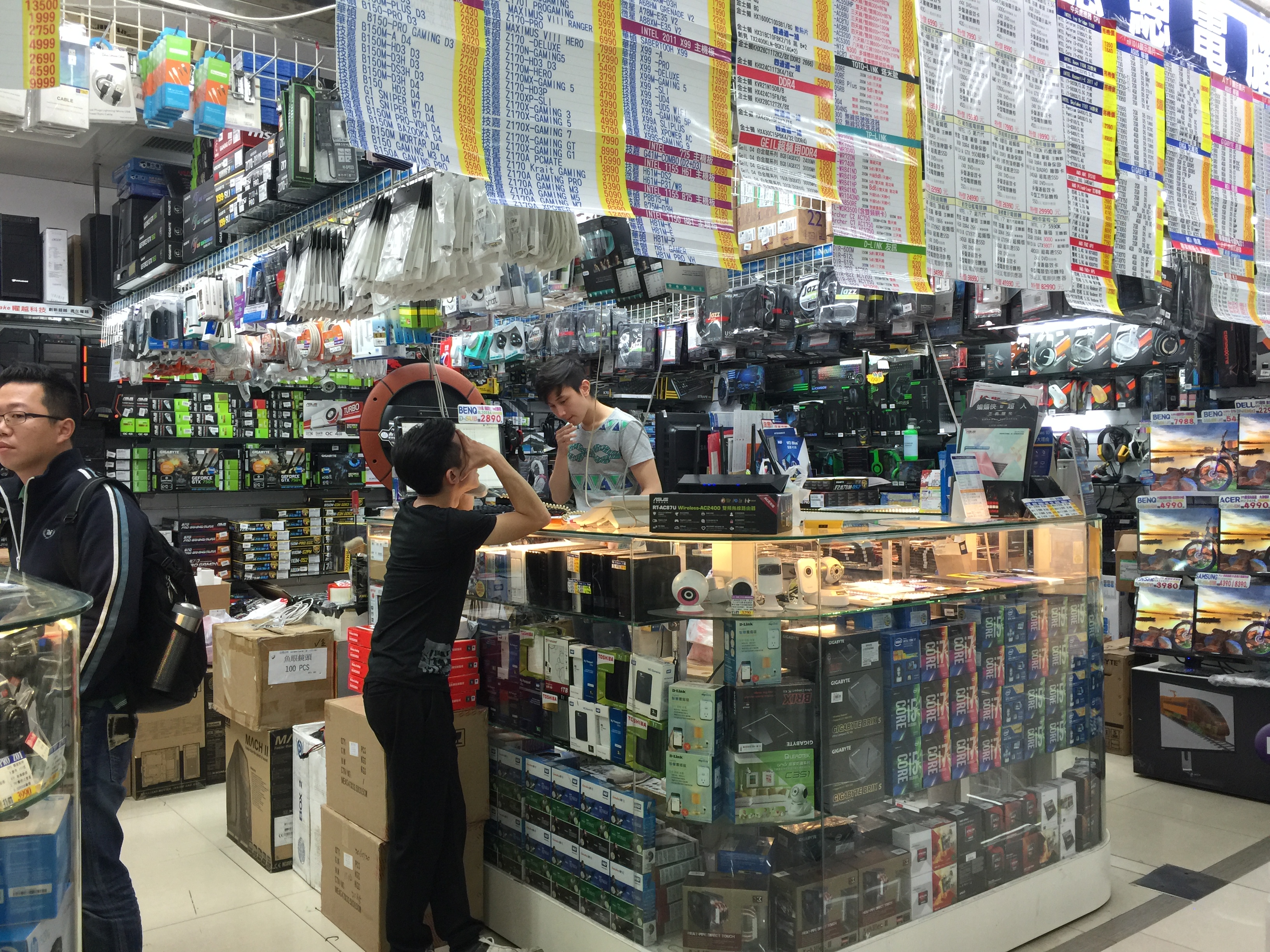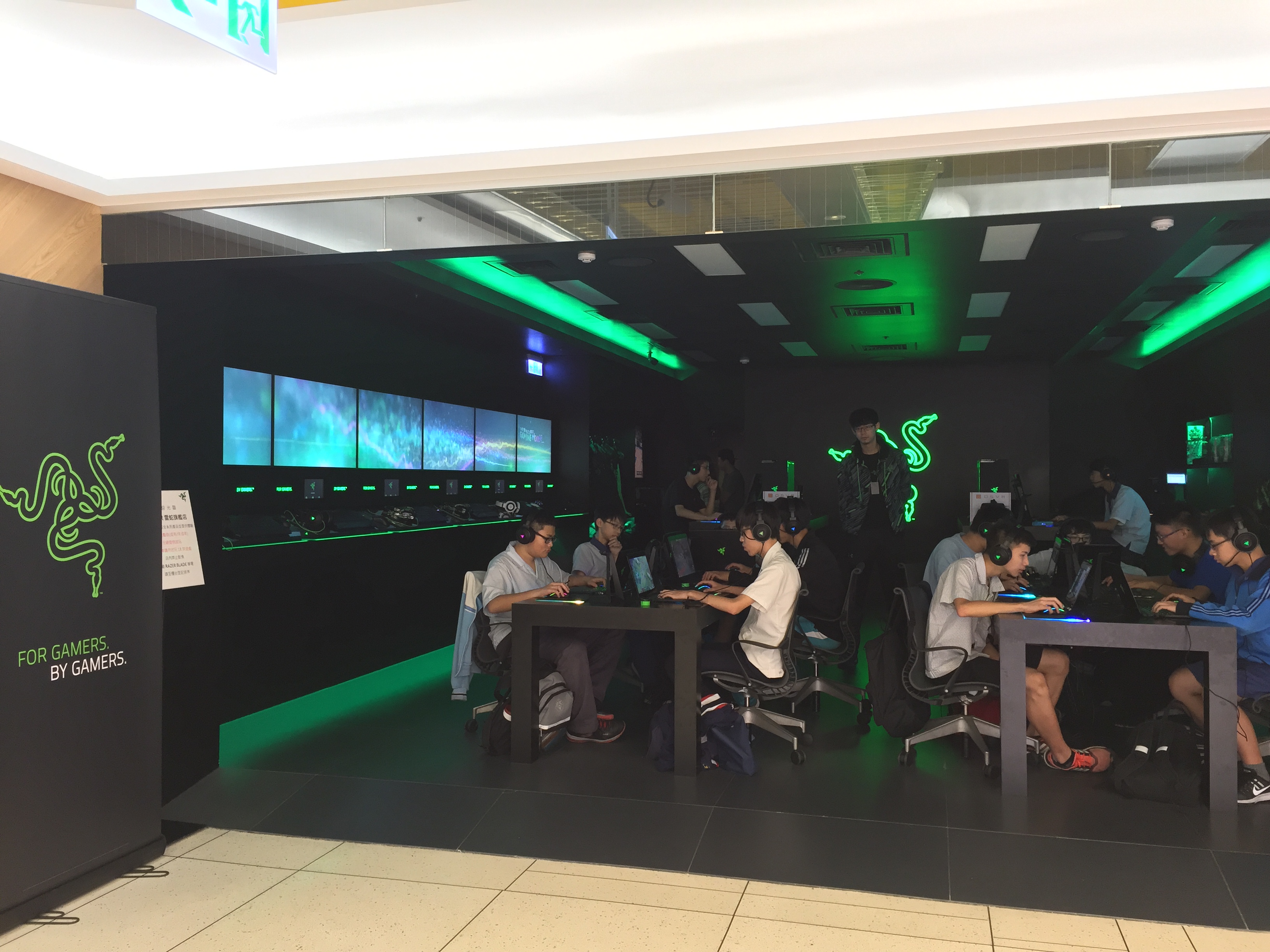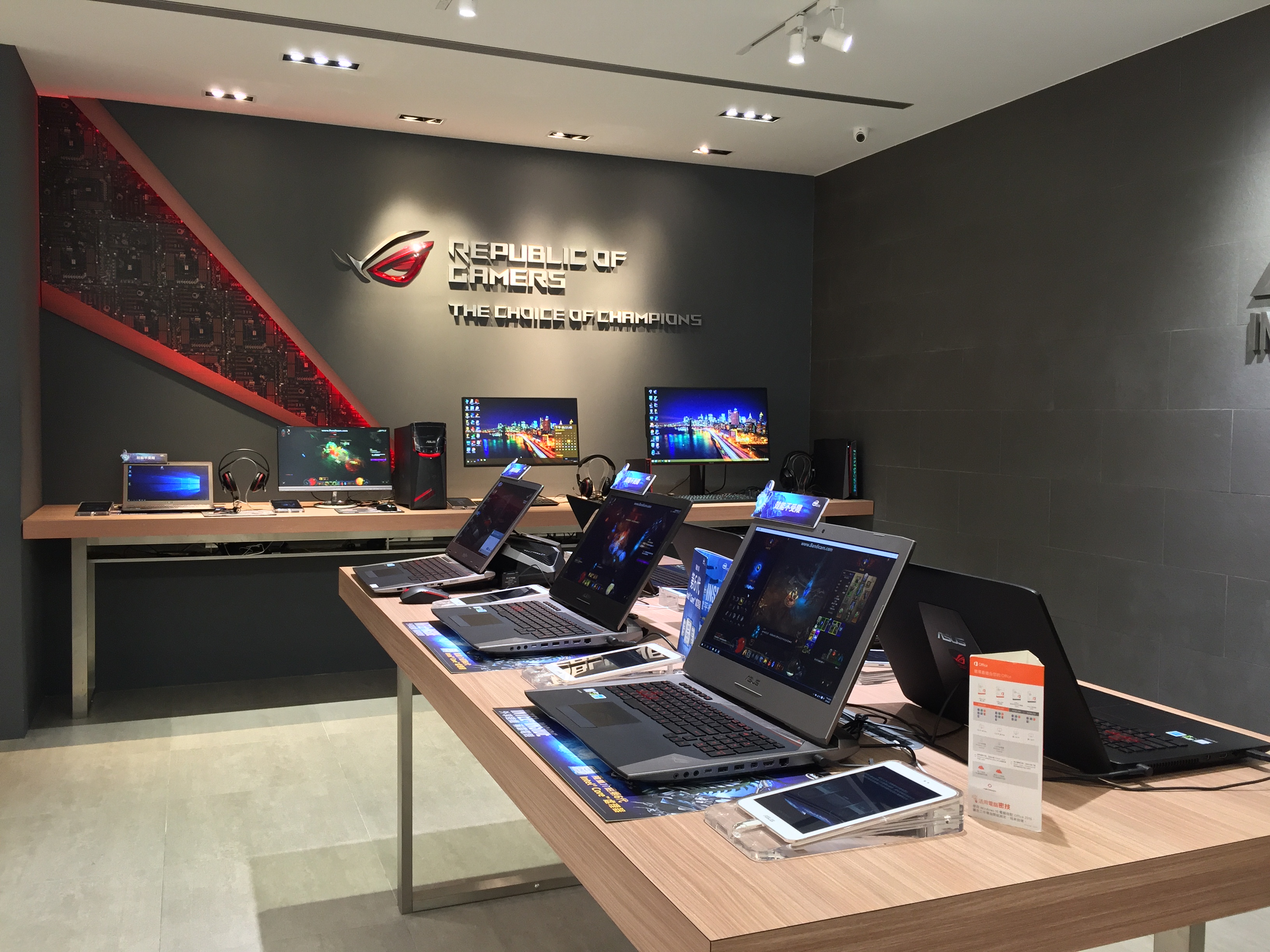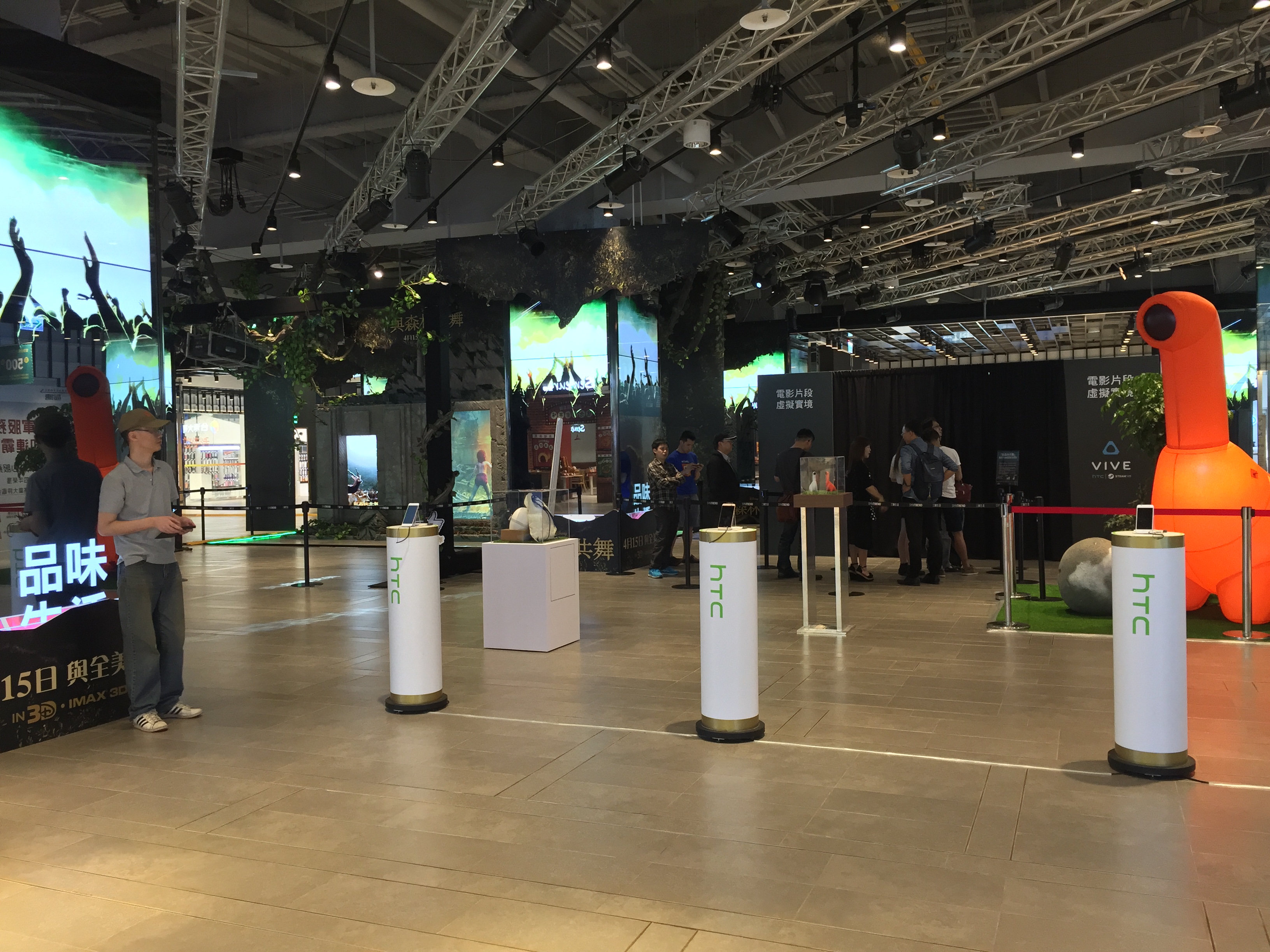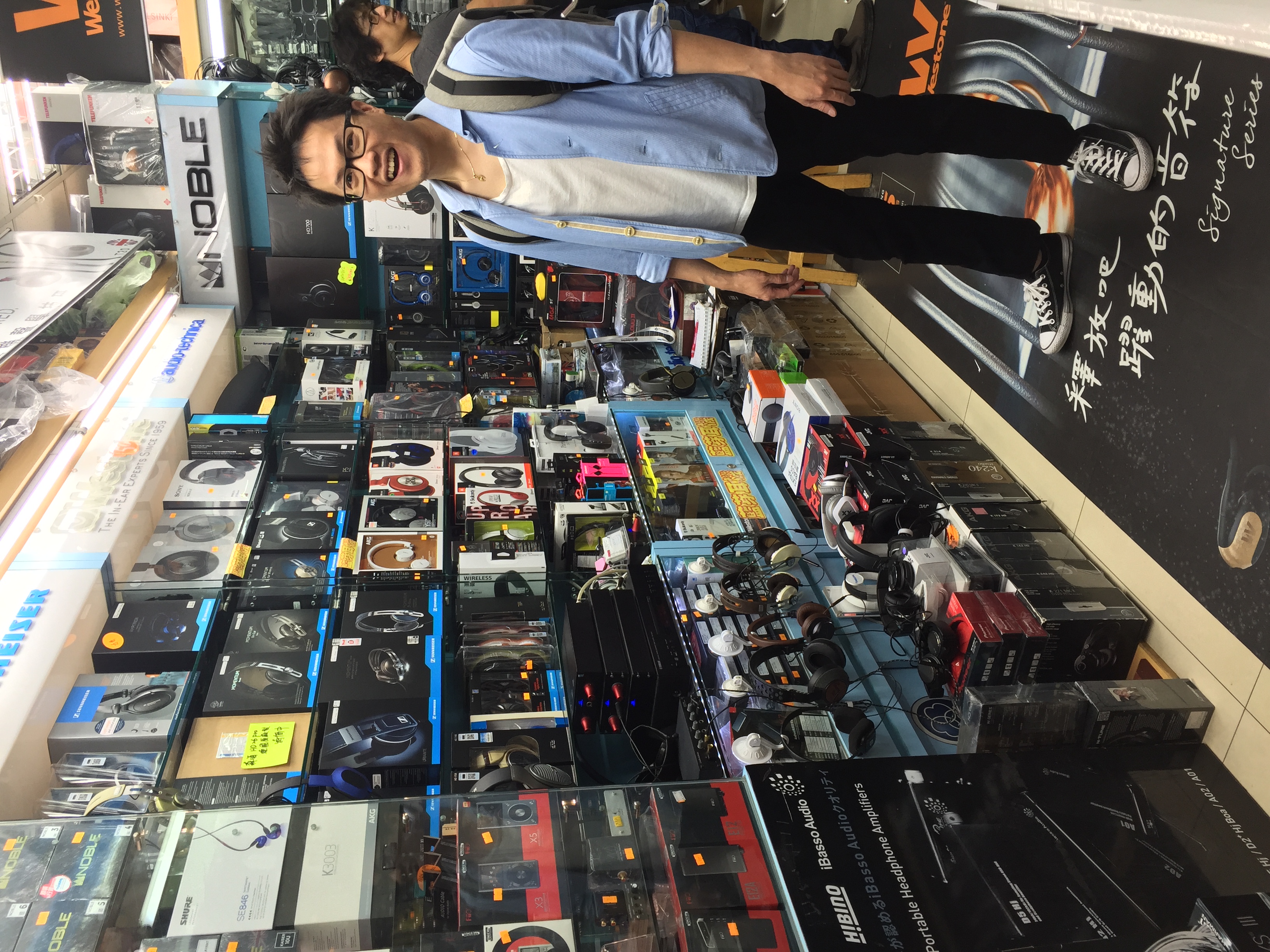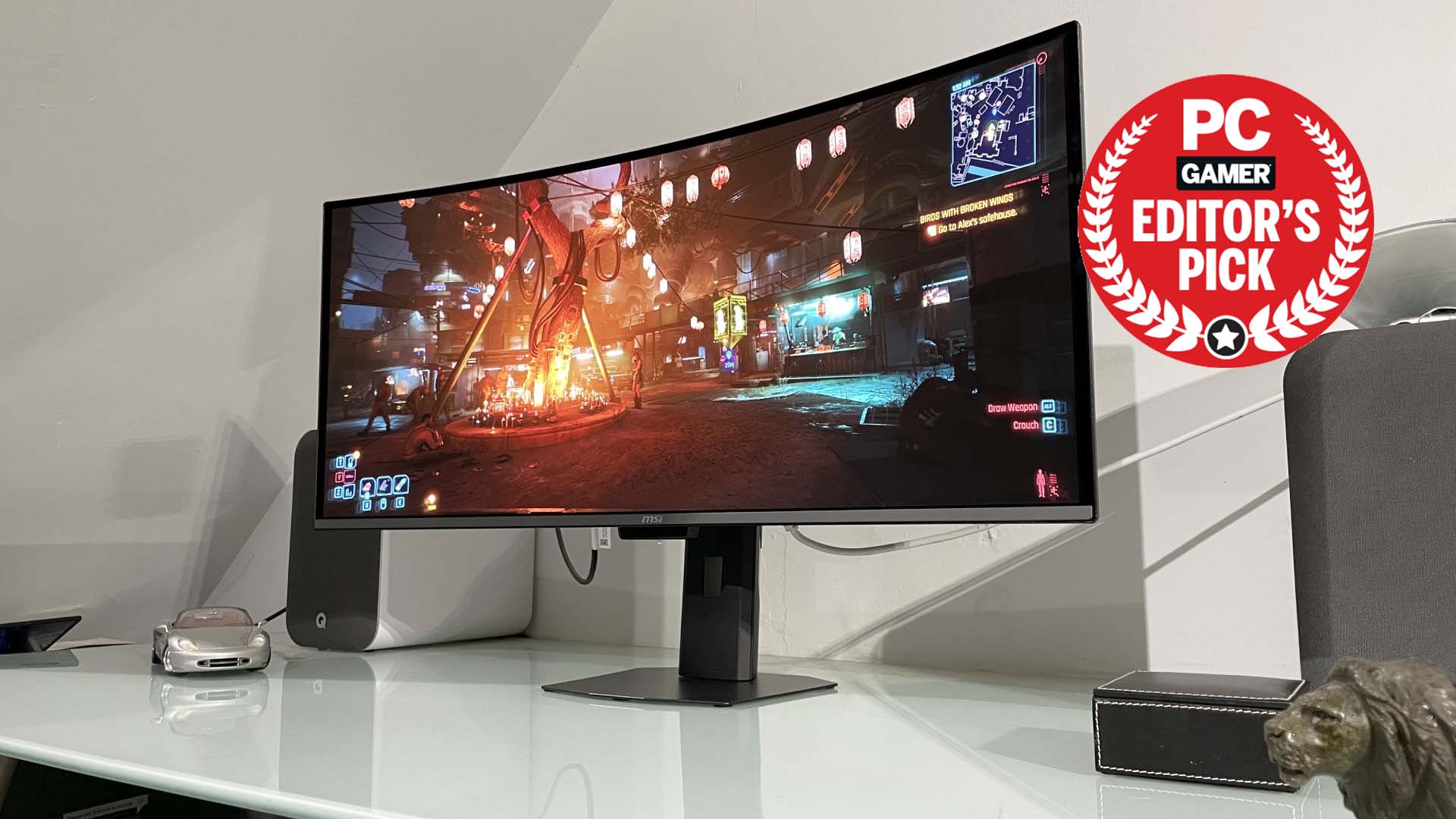If we could, this is where we’d shop for gaming hardware
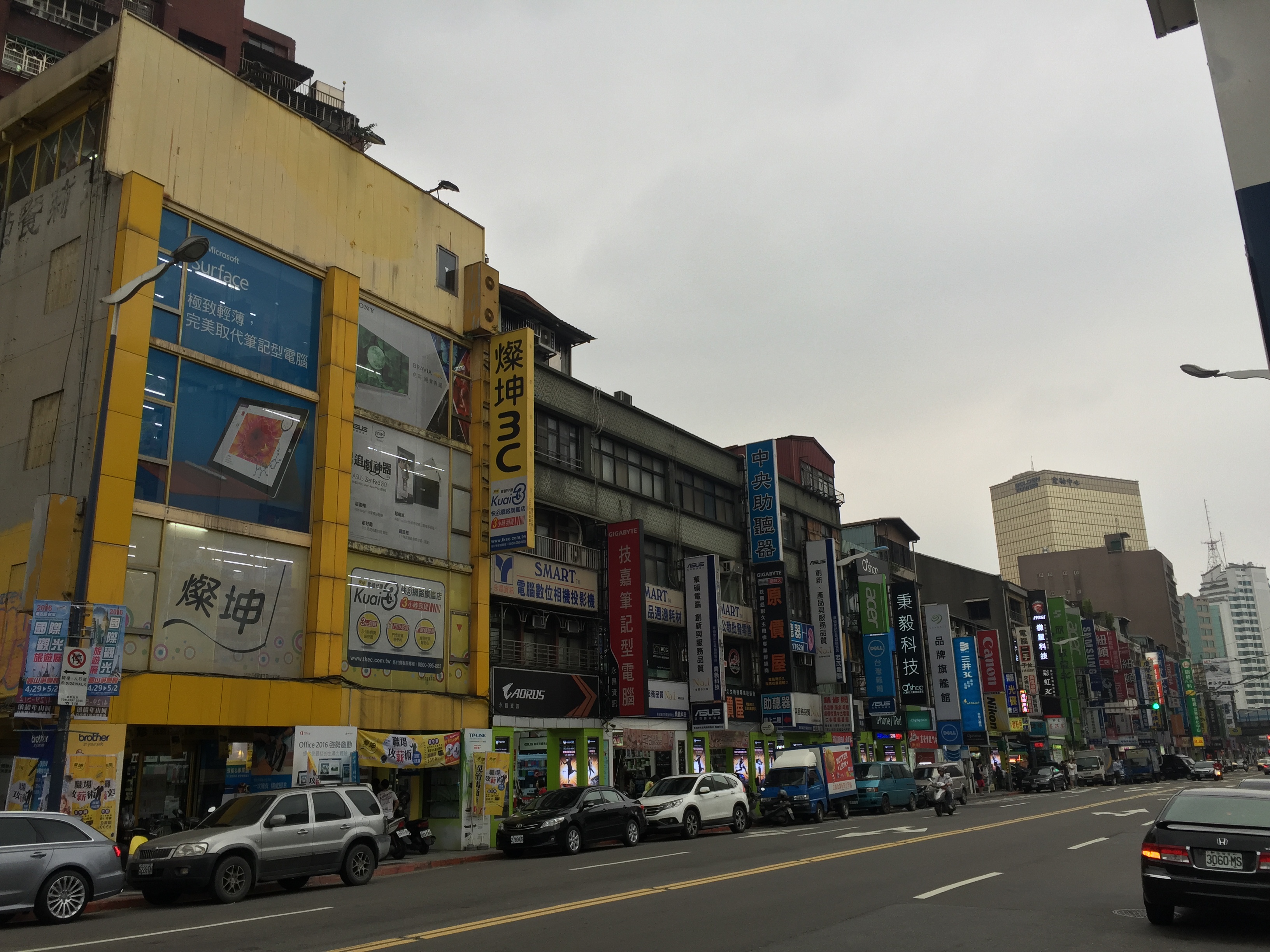
If you live somewhere in Asia, the process of buying your gaming goods is going to be considerably different than if you live in the US or UK. Where I live in California, I can easily purchase hardware from a number of different online shops such as Amazon or Newegg and get it a couple days later, often at better prices than buying in person. That's not to say that living in Asia is entirely different, but it's a more retail-oriented experience than anywhere else.
A year ago, we wrote about Taipei's shopping malls being a mecca for PC gamers. I wanted to see it for myself, so I took a trip to the "3C" area in Taipei to check out what being a gamer and hardware enthusiast is like in Taiwan.
The 3C area is essentially a digital area in Taipei, where endless shops along the streets and inside buildings, are all selling computer gear and electronics. You can literally get lost in this place.
Compared to the west, it's surprising how strong a presence physical media still has here. One store sold nothing but blank discs. PC games still come on DVDs. And big brands like Intel and Razer have their own dedicated stores, instead of just selling online. Not only are there many shops to choose from, there are also deals that you can make along the way. If you're not careful, though, you can end up being swindled into paying more than you should have.
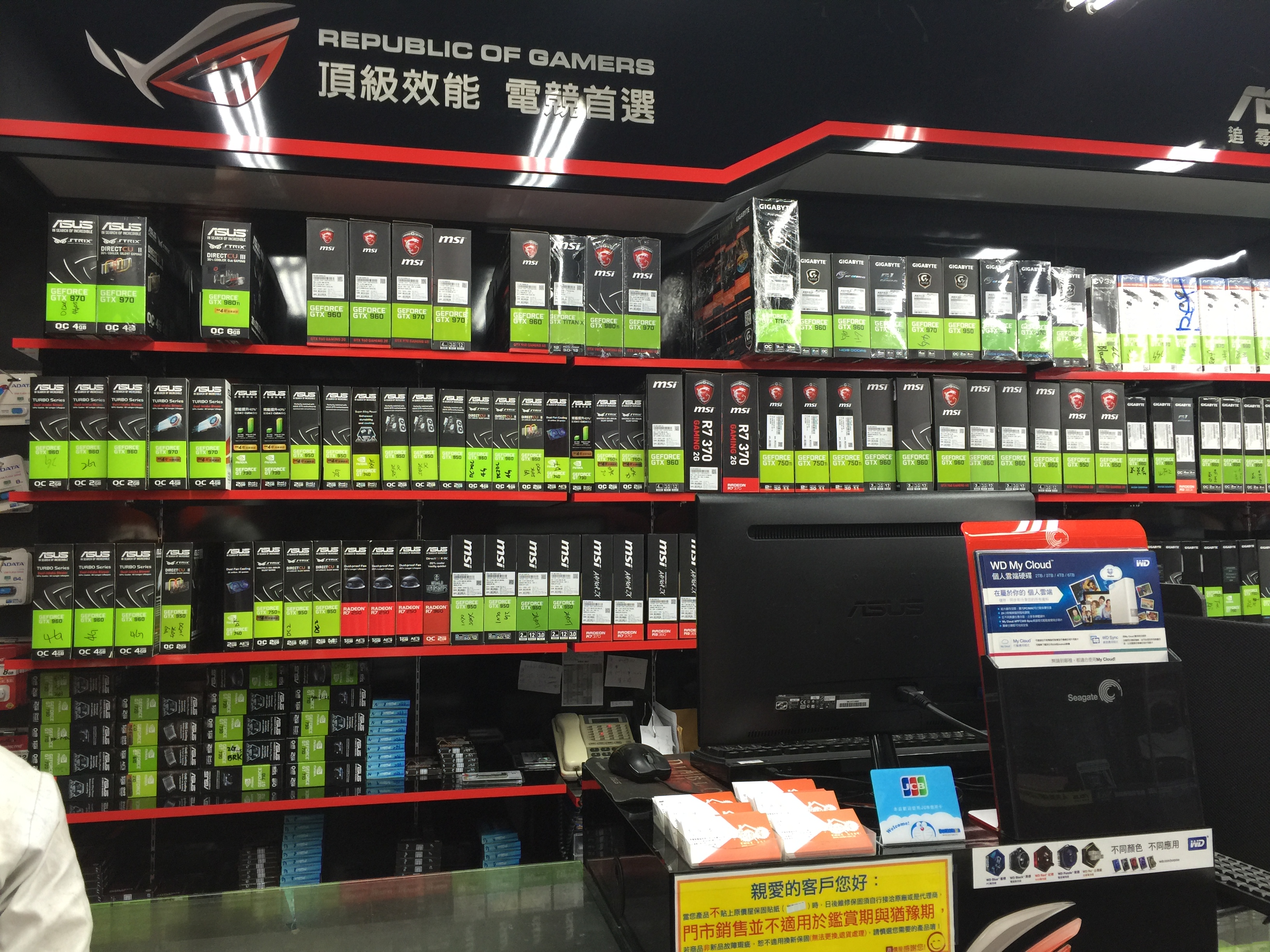
Graphics cards are the hottest items on store shelves, particularly NVIDIA cards. As if the picture wasn't obvious, stores in Taiwan stock many more Nvidia cards than AMD cards. In this shot, you can count the number of Radeon cards with two hands.
Most of the Nvidia cards on the shelves though aren't high-priced models like a GTX 980 Ti. You'll find mostly GTX 950s and 960s. In the entire store, I was able to find two 980 Ti's and two Titan Xs.
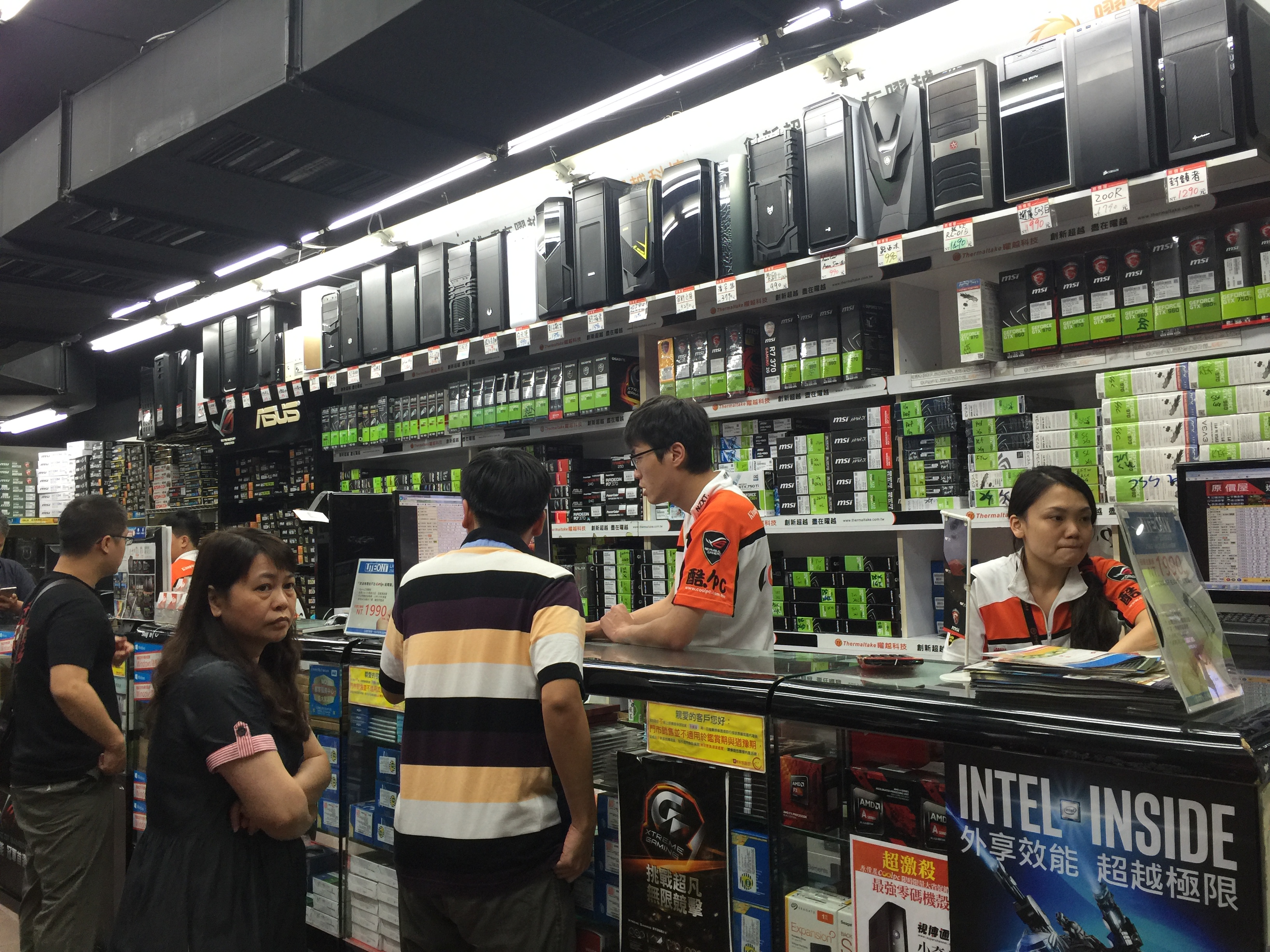
Same situation in another store. Nvidia has the lion's share of the market.
I went to the 3C area thinking that AMD cards should have a strong presence, since they're usually priced lower than equivalent Nvidia parts, coupled with the lower average wages. Speaking with several shop owners though, more people are still asking for Nvidia products.
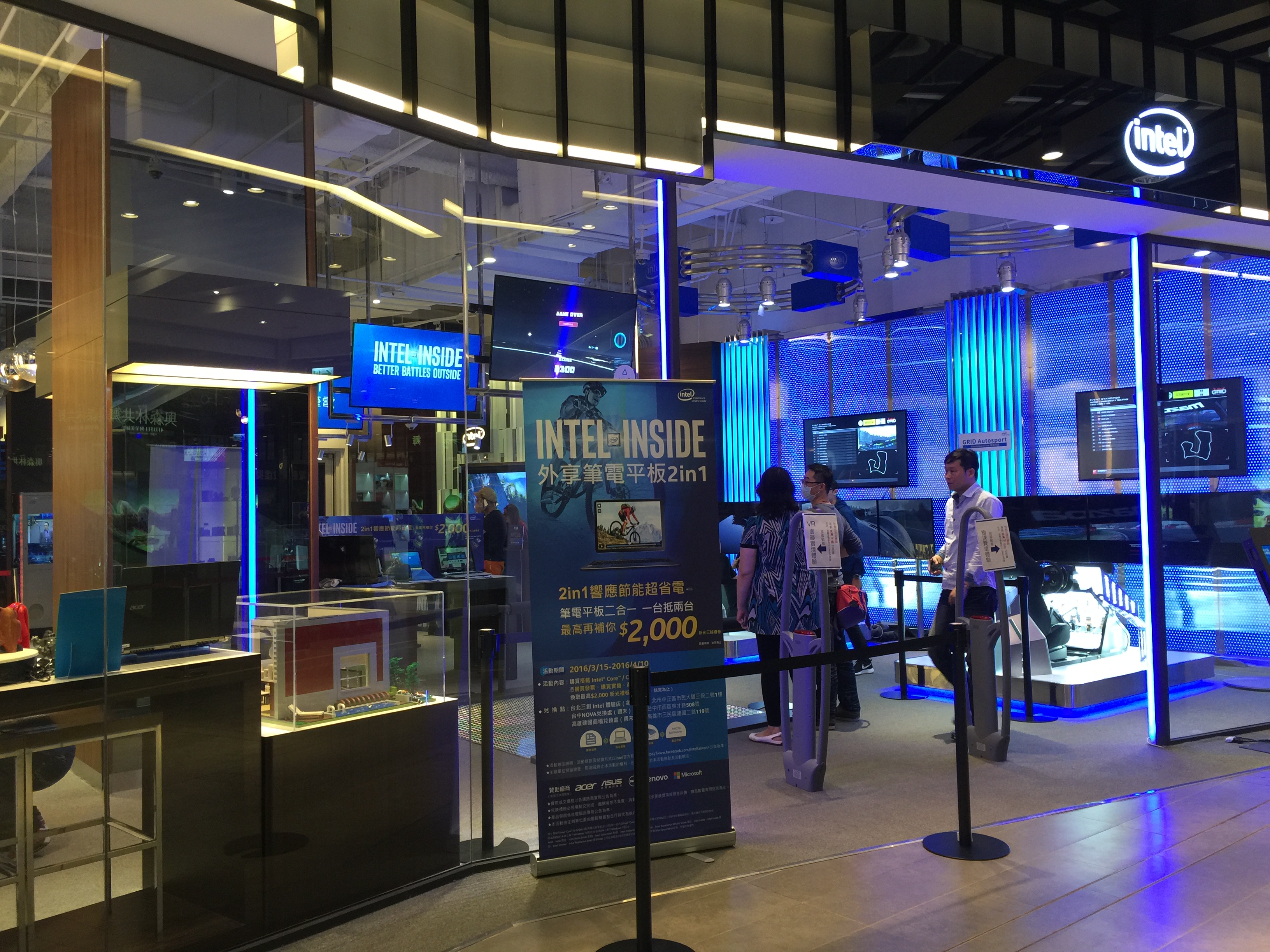
As if the shopping experience wasn't already different enough between Asia and North America, Intel actually has its own store here. Inside you can get a feel for various products from different companies that run on Intel CPUs.
Think of it like the Microsoft store, but for Intel products only. I've only seen something like this at CES.
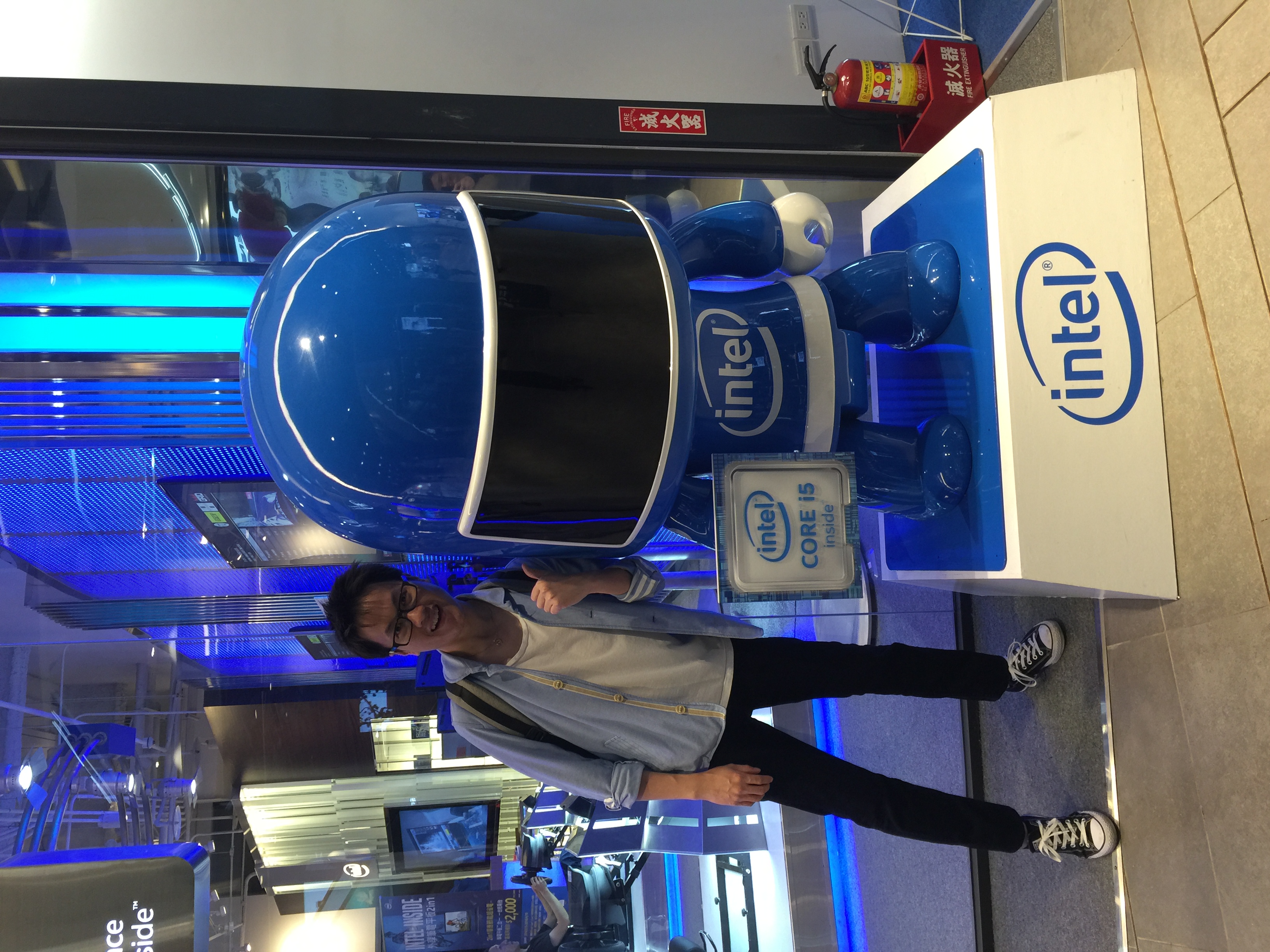
Branding and catching your eye is everything in Taiwan. There are just so many shops trying to grab your attention that the only way you'd stand out is to put a huge, very blue, super-deformed "bunnyman" display outside your store front.
I felt like I was standing next to a rock star. But Intel rock stars aren't like other rock stars.
